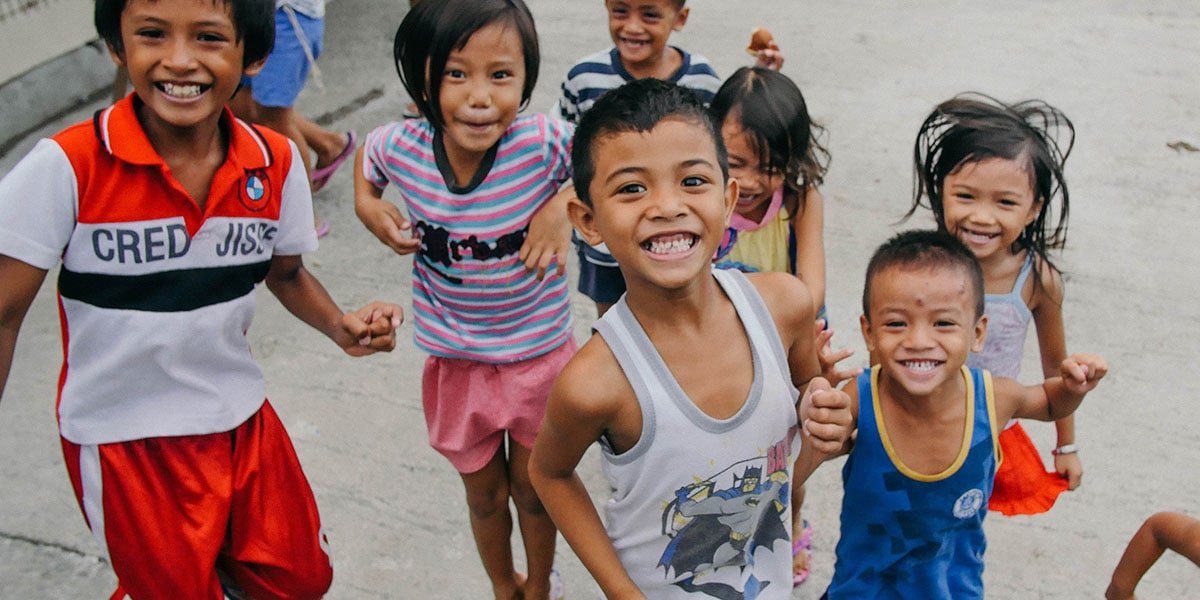

Earlier this year we sent a team of employees from architecture agency WATG to volunteer in the Philippines.
The team was blessed with the caring presence of Rob Holmes as team leader, who has led many builds in many different countries.
Our operation in the Philippines is building nearly 5,000 homes every year and the work of our local office there is nothing short of impressive, drawing in thousands of volunteers from all over the country every year (and thousands more international volunteers).
And yet it was the first time in years that our operation here in Great Britain had sent a team out there, so it was an exciting time for our teams to meet and work together again.
Rehabilitating slums in the Philippines
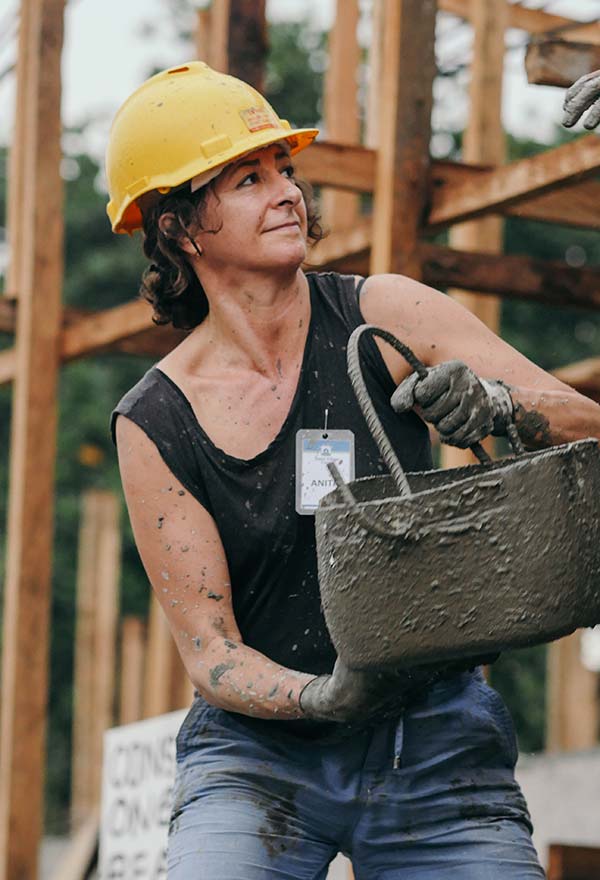 Having the opportunity to volunteer in the Philippines is truly a most rewarding experience. Slums are rife everywhere, both in urban and nearly rural areas, more or less well built. Yet, communities are extremely tight-knit and smiles are everywhere.
Having the opportunity to volunteer in the Philippines is truly a most rewarding experience. Slums are rife everywhere, both in urban and nearly rural areas, more or less well built. Yet, communities are extremely tight-knit and smiles are everywhere.
Sometimes with access to water, and often not. With nearly 20 typhoons per year, roofs get blown away on a regular basis and damages to people’s homes are constant. For those living in slums in the Philippines, having to rebuild your homes every year is just part of your routine.
With 1 in 4 people living in poverty in the Philippines, there is still much work to do and we will be sending more teams next year to volunteer over there. The local team is plain amazing and coordinating tons of building projects simultaneously, working with local governments and the private sector alike.
Without further due, here are some of the videos we’ve shot on our trip in Quezon City, in Greater Manila.
Volunteering in slums in Manila: what to expect?
Video transcript
I’m Rob Holmes, leading a team in the Philippines in Quezon City to do some building for a slum rehabilitation project. It’s important that we view these projects as “serving” the community as opposed to “helping” the community.
That’s because “serving” tends to put us on an equal level whereas “helping” tends to put us above the community. I think it’s great to go in, mix with the community and work alongside them.
Day 1
We were digging holes through some very tough concrete. The team found that quite difficult, very hard work, but I have to say they are doing a fantastic job. They worked so, so hard that day and were glad that the day was over.
Day 2
We went to mixing concrete and sending concrete up to the structure. We had to carry the concrete in a chain using buckets from top to bottom. Lots of mixing, lots of chain work moving the material to the top.
The team thoroughly enjoyed it and the feedback from the guys on the ground here in the Philippines is that they have done a marvellous job (they actually broke the local record for the amount of concrete moved in a day!) and I would have to concur with that.
Day 3
Different jobs again. Some of us are bricklaying, some of us are carrying bricks to those who are bricklaying and mixing sand and cement together. Others are making ties for ring beams which help hold the structure up.
Meet remarkable people
Sign up to receive inspirational stories of strength and resilience, straight in your inbox
Sign-upThe volunteers’ best and worst memories
John’s top moments and memories:
- Working as a team, with different teams of the same company coming together, getting to know each other and going through tough times together. A great way of forming good bonds.
- Playing with children, who would come whenever they could, whenever the volunteers were free. Always wanting to know about you, have piggyback rides – the easiest to bond with in the community
- Singing karaoke at a local family’s house during lunchtime, mingling with the locals. Especially as they were taken there out of the blue, on a whim because someone had quickly forged good relationship with that family.
- Walking in the community and see the conditions that people live in. In the houses that haven’t been replaced yet, the conditions are pretty hard to take. When comparing with the new houses, built by Habitat for Humanity’s international and local volunteers, it’s such a difference in quality. Having a sturdy home that will withstand the typhoon season, which brings around 20 super-storms every year, not having to rebuild the rooftop every single time.
Richard’s top moments:
- Playing with the kids, seeing those large white smiles – they’re just amazing.
- Working with people, alongside my co-workers and Habitat for Humanity.
Any bad memory?
The first day, digging into the foundation of the building. I was already almost praying when we first arrived that we wouldn’t have to do foundation. It has to be some of the hardest work there is out there.
But in the end even though it’s really hard, even though the sun is scorching hot, at some point I did enjoy doing it. It’s tough, but it’s part of the experience.
This post was produced with the financial support of the European Union. Its contents are the sole responsibility of Habitat for Humanity GB and do not necessarily reflect the views of the European Union.

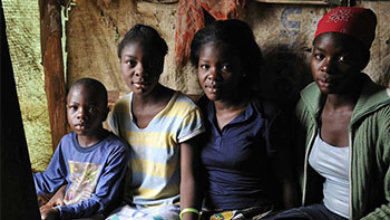
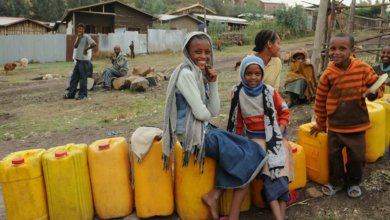
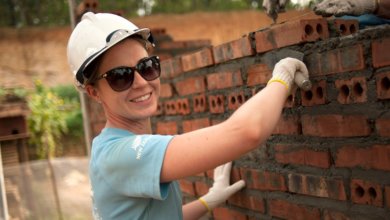
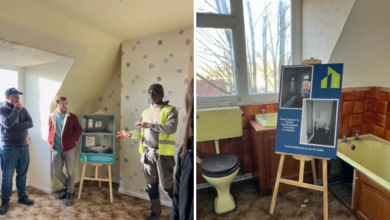
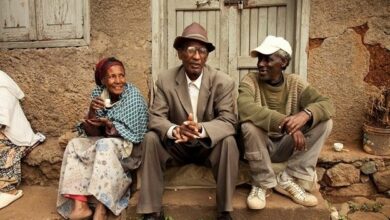
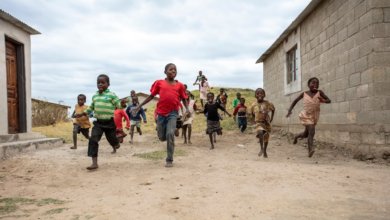
Comments